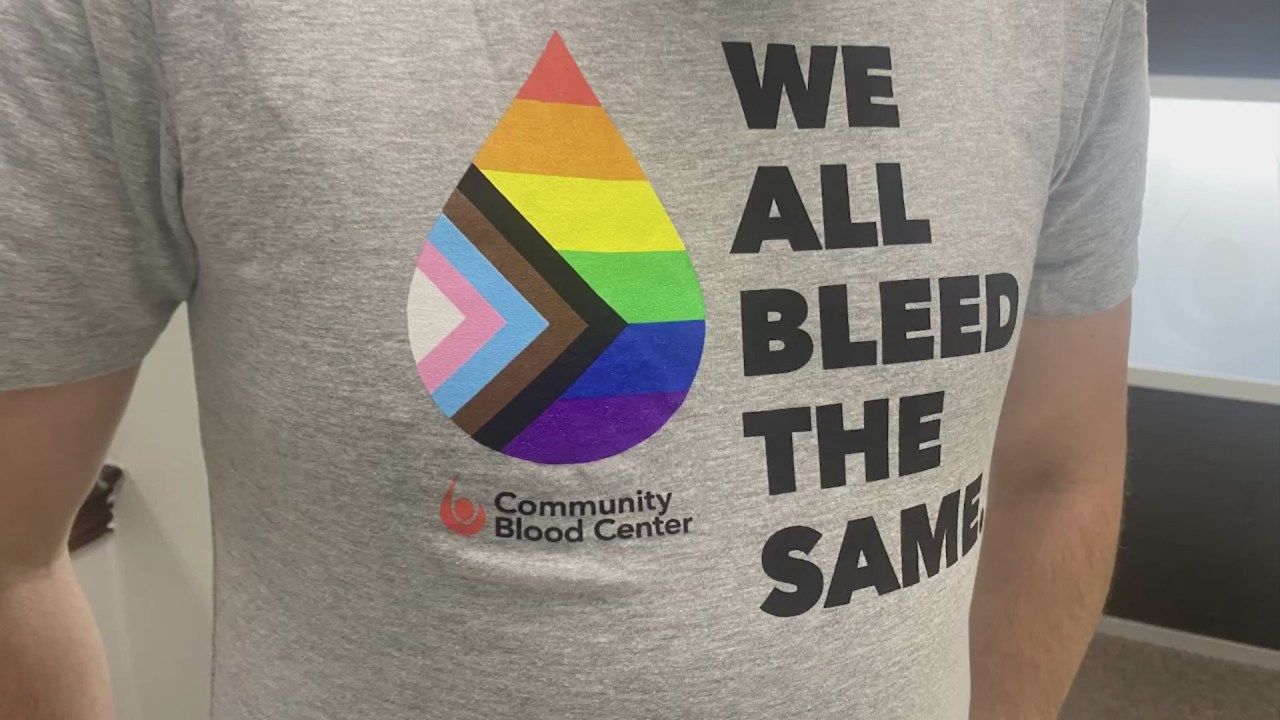Blood
Kansas City blood center implements new policy, lifting LGBTQ restrictions
KANSAS CITY, Mo. — Kansas City’s LGBTQ community is celebrating what many say is a landmark victory.
The federal government lifted restrictions that prohibited gay and bisexual men from donating blood, and national and regional organizations are following suit.
It’s actually a big change for the blood donation industry. The ban had been in effect since the mid-1980s when the AIDS epidemic took thousands of lives.
But earlier this year, the U.S. Food and Drug Administration updated its policy on blood donation restrictions.
Instead, the FDA now recommend a series of “individual risk-based questions” that will be the same for every donor, regardless of sexual orientation, sex or gender.
The change could help address blood shortages.
In August, the Red Cross implemented the changes as part of the FDA’s new guidance.
Starting Wednesday, the Community Blood Center — which serves health facilities in the Kansas City metro, eastern Kansas and western Missouri — also implemented the new donor screening process.
Chelsey Smith, a spokesperson for Community Blood Center, said this is exciting news for the organization and its workers.
“We have been advocating for years for the FDA to make science-based changes to these policies,” Smith said. “We have better science and better testing to back up that these changes are safe to make.”
The LGBTQ community has been calling for this change for decades, saying the previous ban was rooted in discrimination all along.
“This policy isn’t perfect, but without a doubt, it’s progress,” said Justice Horn, chair of Kansas City’s LGBT Commission.
“It lifts a band that’s rooted in hate and stigma, and the idea that gay men were the biggest threat to the blood supply — that was rooted out of discrimination for our community,” Horn added.
The Community Blood Center is in the midst of a blood emergency with donor totals and blood supply running dangerously low.
It is especially short on Type O blood supply, both negative and positive. The blood center likes to keep a seven day supply on hand.
The hope is these new guidelines will bring in more lifesaving donors.
Suggest a Correction

